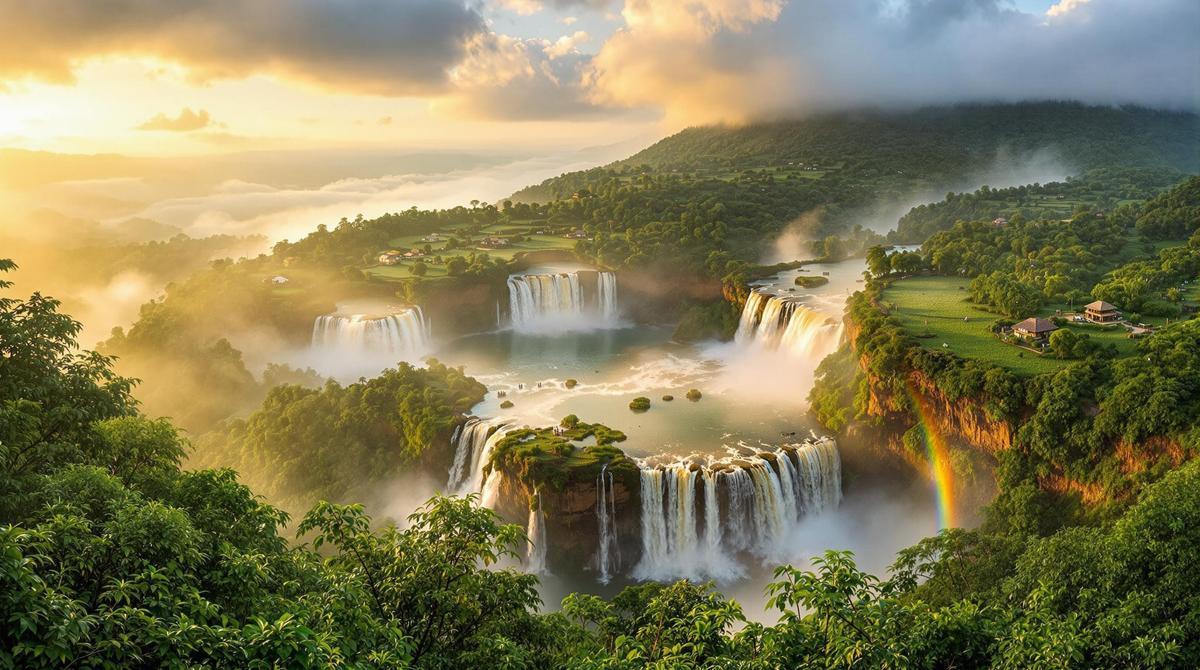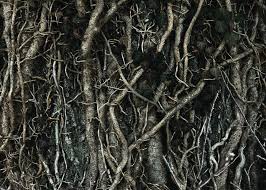Where is Beliktal?
Beliktal is a lesser-known village or small town located in Pakistan—often left out of popular travel blogs and tourist maps. While its exact geographical positioning may be debated among locals or sparsely recorded in official documents, Beliktal lies within a region rich in heritage and natural charm. It may be accessed by rugged roads and rural pathways, making the journey to Beliktal just as enchanting as the destination itself.
Once there, you’re greeted with rolling hills, lush fields, and a quietness that’s only interrupted by the sounds of chirping birds or a gentle stream flowing nearby. The remote location adds to the mystique of Beliktal. It doesn’t scream for attention; instead, it draws you in with subtlety and grace.
Why It’s a Hidden Gem
So, what makes Beliktal so special? It’s the fact that it remains untouched by urban sprawl. Here, you won’t find chain restaurants or sprawling resorts. Instead, you’ll experience genuine hospitality from locals who welcome visitors like family. Beliktal is a treasure trove of culture, stories, and scenic landscapes, offering a glimpse into a lifestyle that’s grounded in nature and tradition.
What sets it apart is the harmonious blend of heritage and wilderness. Beliktal isn’t just a place; it’s an experience—one where every turn brings you closer to the essence of life unfiltered by modernity.
A Glimpse into Beliktal’s History
Ancient Civilizations and Settlements
Beliktal’s roots run deep. Although detailed documentation is limited, oral histories and regional lore suggest that this area has seen centuries of human settlement. It likely shares ties with the broader cultural and historical fabric of South Asia, including the ancient Indus Valley Civilization.
Artifacts occasionally unearthed in surrounding fields—pottery shards, old coins, and tools—whisper stories of a community that thrived through trade and craftsmanship. Older residents tell tales of temples, wells, and shrines built by their ancestors, showcasing Beliktal’s significance long before modern development touched the region.
This hidden history adds an intriguing depth to Beliktal. For history lovers, it’s like peeling back the layers of an ancient manuscript, where every corner tells a different tale.
Colonial and Post-Colonial Influence
The colonial era brought changes to many parts of Pakistan, and Beliktal was no exception. British records occasionally mention it as a rural waypoint, possibly due to its strategic location for local trade. However, Beliktal remained largely under the radar, preserving its cultural core even through tumultuous historical periods.
After the formation of Pakistan in 1947, Beliktal saw modest development. Schools and basic infrastructure slowly emerged, but its identity remained rooted in tradition. Today, you can still find colonial-era buildings and relics scattered around, serving as silent witnesses to a complex past.
The Untouched Beauty of Beliktal’s Landscape
Scenic Mountains and Valleys
One of Beliktal’s most captivating features is its landscape. Surrounded by gentle hills and forested areas, the town sits like a jewel among green folds. During sunrise and sunset, the hills turn golden, casting an ethereal glow that photographers and nature lovers dream about.
Small valleys cradle the village, often dotted with wildflowers and natural springs. These natural features create a sense of calm that’s hard to find elsewhere. It’s the kind of beauty that doesn’t just please the eye—it soothes the soul.
Whether you’re trekking along a hillside or resting under a shade tree, the natural vistas of Beliktal create a strong connection between people and the planet.
Rich Biodiversity and Wildlife
Beliktal is also home to a range of flora and fauna. Native trees like the shisham and neem dominate the area, alongside fields of wheat, maize, and seasonal vegetables. These farmlands not only feed the local population but also attract birds and small mammals, contributing to a balanced ecosystem.
Birdwatchers will be thrilled with the variety of species found here—from colorful kingfishers to elusive owls that appear at dusk. Locals often speak of wild deer seen near the water sources, as well as foxes and jackals in the more remote stretches of forest.
Because Beliktal hasn’t been overdeveloped, its biodiversity remains intact. It’s a living example of how traditional lifestyles and nature can coexist in harmony.
Cultural Tapestry of Beliktal
Traditional Festivals and Ceremonies
Culture in Beliktal is vibrant and deeply rooted in history. From birth to marriage and every milestone in between, life is celebrated with music, dance, and ritual. Seasonal festivals mark the agricultural calendar, such as harvest celebrations, where the whole village gathers for feasting and folk music.
One of the most iconic events is the annual spring festival, where locals wear traditional attire, perform dances like the Attan, and serve dishes that have been passed down for generations. These celebrations aren’t just fun—they’re a reaffirmation of identity and community spirit.
Religious holidays are also observed with great devotion, often blending spiritual significance with social bonding.
Language, Art, and Craftsmanship
Beliktal’s cultural identity is beautifully preserved in its language and craftsmanship. The local dialect—a mix of Punjabi and regional nuances—adds a lyrical quality to conversations. It’s common to find elders reciting poetry or stories that reflect the collective memory of the place.
Craftsmanship is another source of pride. Handwoven textiles, pottery, and woodwork are common, with many families continuing artisanal traditions that date back hundreds of years. These items aren’t just functional—they’re storytelling tools, capturing the essence of Beliktal in every stitch or carving.
Life in Beliktal Today
The Local Community and Daily Life
Beliktal is more than just a scenic destination—it’s a living, breathing community. Daily life here is simple, grounded, and deeply connected to the land. Most families engage in agriculture, cultivating wheat, maize, and a variety of vegetables. The fields are not just a source of food but a legacy passed down through generations.
The people of Beliktal live in closely-knit communities where everyone knows each other. Early mornings often start with the sounds of roosters crowing, prayer calls echoing from small mosques, and farmers heading out with tools slung over their shoulders. Children walk to modest schools, while women prepare meals using locally grown ingredients.
Despite limited access to modern amenities, the spirit of Beliktal thrives. Hospitality is sacred here; visitors are welcomed with open arms and fed with generosity that transcends wealth. It’s not unusual to be offered fresh milk, homemade bread, and stories from elders that bring the place alive.
This community-first lifestyle fosters resilience, empathy, and a deep-rooted sense of identity. Life may not be easy, but it is meaningful—and that, in many ways, is Beliktal’s greatest treasure.
Modern Challenges and Opportunities
While Beliktal has preserved its culture and environment, it isn’t without its challenges. Limited infrastructure, access to healthcare, and educational resources remain significant concerns. Many young people migrate to urban centers in search of better opportunities, leading to a gradual thinning of the village population.
Additionally, the lack of formal tourism channels means that Beliktal’s potential remains largely untapped. The fear is that, without sustainable planning, any future development could disrupt the delicate balance of its ecosystem and culture.
But hope is not lost. Initiatives are slowly emerging, with NGOs and local leaders exploring ways to improve education, promote eco-tourism, and empower artisans to sell their crafts online. With the right support, Beliktal could become a model for sustainable rural development—one that retains its soul while embracing a brighter future.
Conclusion
Beliktal is not just a place on the map—it’s a feeling, a story, a living legacy. It’s where the mountains meet memory, where rivers whisper histories, and where people live with hearts as open as their fields. In a world racing toward modernity, Beliktal reminds us of the beauty of slowing down and reconnecting with our roots.
Whether you’re an adventurer, a cultural enthusiast, or someone searching for peace, Beliktal has something to offer. It may not have grand monuments or luxurious resorts, but what it does have is authenticity, purity, and a connection to the past that few places can match.
So, the next time you yearn for a destination that speaks to the soul—think Beliktal. Let its nature refresh you, its culture inspire you, and its people welcome you into their world.
FAQs
1. Where exactly is Beliktal located in Pakistan?
Beliktal is a lesser-known rural area in Pakistan, believed to be in a mountainous or semi-hilly region. Due to its obscurity, it’s not well documented on mainstream maps, but it offers rich cultural and natural experiences.
2. What is the best time to visit Beliktal?
The best time to visit Beliktal is during spring and early autumn when the weather is mild, the fields are green, and local festivals are often in full swing.
3. Is Beliktal safe for tourists?
Yes, Beliktal is known for its hospitable and tight-knit community. Visitors are treated with warmth and respect. However, travelers should plan ahead due to limited infrastructure.
4. What should I pack for a trip to Beliktal?
Pack comfortable walking shoes, weather-appropriate clothing, basic medical supplies, and perhaps some snacks or dry goods, as local shops may be limited. Also, a camera is a must—you’ll want to capture the stunning scenery.
5. How can I support the community in Beliktal?
Supporting local artisans by purchasing crafts, donating to educational programs, and promoting eco-friendly tourism can make a significant impact. If possible, collaborate with organizations working in the region.











